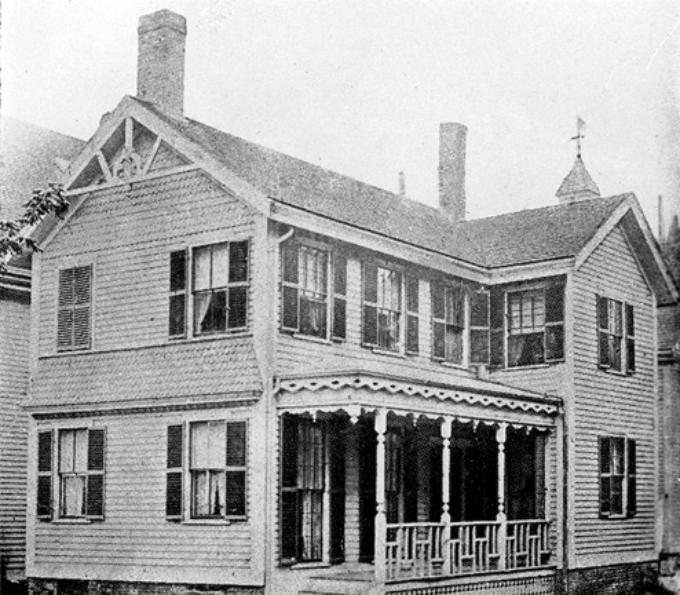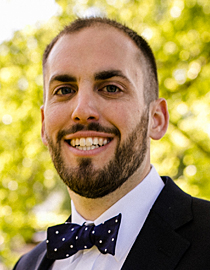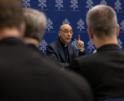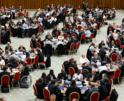
Culture
That the rule of the Sisters of St. Joseph allowed them to teach both boys and girls would contribute greatly to both their growth and that of Catholic education in the archdiocese overall.

Lester
Over the course of the coming year, the Sisters of St. Joseph will be observing the 150th anniversary of their arrival in the Archdiocese of Boston, culminating in a celebration next October.
Boston was the fourth diocese in the U.S. to benefit from the sisters' presence, arriving first in St. Louis in 1836, then Philadelphia in 1847, Brooklyn in 1851, and Boston in 1873. They came at the request of Father Thomas L. Magennis, pastor of St. Thomas Aquinas, Jamaica Plain, who sought to establish a parish school under their direction.
Father Magennis was born March 7, 1843, in Lowell. He graduated from the College of the Holy Cross before entering the Sulpician Seminary in Montreal and was ordained a priest on Dec. 22, 1866. Following ordination, he returned to Boston and was assigned to St. Joseph, Roxbury.
St. Joseph, under the direction of Father Patrick O'Beirne, served Catholics in Roxbury, West Roxbury, and Jamaica Plain. On June 18, 1867, Father O'Beirne purchased land in Jamaica Plain with the intention of building a church there, and on Jan. 4, 1869, his young colleague was appointed pastor of a new parish encompassing Jamaica Plain and part of West Roxbury.
There is some uncertainty over whether the construction of the church began while the area was still a mission of St. Joseph, but regardless, it is clear the cornerstone of the church was laid on Aug. 15, 1869, during Father Magennis' first year as pastor. By the end of the year, the church basement was completed and ready for use, and the upper church was completed in 1873.
During those early years as pastor, Father Magennis also served on the Boston School Board and became convinced of the need for Catholic education in his parish. Sources suggest that it was Archbishop John Williams who advised he seek the help of the Sisters of St. Joseph, and, in 1873, the same year his parish church was completed, Father Magennis visited the Diocese of Brooklyn to tour the sisters' institutions there. He found their work exceptional and wrote to their Mother House in Flushing, New York, asking for Sisters to operate a school in his parish. His request was granted, and in the fall of 1873, he returned to Boston accompanied by four Sisters of St. Joseph -- Sisters Regis Casserly, Claire Corcoran, Mary Dolores Brown, and Mary Felix Cannon -- and one lay sister.
For the sisters' accommodations, Father Magennis had purchased a five-room house on Harris Avenue and moved the structure to St. Joseph Street, closer to the parish church, where land had been acquired and a stone foundation prepared. There was not yet a school building, and so four days later, the sisters first with their pupils, 200 girls were divided into three grades in the church basement and began instructing them.
Boys were admitted into the school in 1877, making it the first parochial school in New England to permit both boys and girls. This may allude to the reason Archbishop Williams suggested the Sisters of St. Joseph to Father Magennis. Prior to their arrival, there were other female religious operating schools in Boston, but in many instances, their rule forbade them from teaching boys. That the rule of the Sisters of St. Joseph allowed them to teach both boys and girls would contribute greatly to both their growth and that of Catholic education in the archdiocese overall.
The sisters' schools were noteworthy for the adoption of the textbooks and grading system used in local public schools. It was intended to benefit students who would eventually graduate from parish schools, providing them with an equal or better education than their peers who attended public school, and its success can be measured by the fact that the entrance exam for Catholic students entering public schools was eventually waived.
A growing number of sisters caused Boston to be designated as an independent establishment with its own novitiate only three years after the first sisters arrived and precipitated the need for more spacious accommodations. A solution seemed to be at hand when, in 1885, they acquired property around Fresh Pond in Cambridge with the intention of establishing a new novitiate there, but the City of Cambridge instead purchased the land from them for use as a park.
Meanwhile, in Jamaica Plain, the cornerstone for a new school was laid on July 22, 1888, and completed in September of the following year, named for Pope Leo XIII.
By the time they came to celebrate their Silver Jubilee in 1898, the Sisters of St. Joseph were firmly established in the Archdiocese of Boston. Four sisters had accompanied Father Magennis from Brooklyn, and by this time, they numbered 170. Their academy hosted 50 boarders, and they operated one dozen parish elementary and high schools, in which they taught about 4,000 students.
The Silver Jubilee Mass celebrated at St. Thomas Aquinas coincided with Father Magennis being named a Monsignor and the dedication of a new convent constructed on the site of the first home prepared for them in 1873.
The solution that had been sought with the purchase of the Cambridge property in 1885 was finally found with the purchase of a seven-acre property in Boston's Brighton neighborhood, on which a convent and academy were completed in 1891, and soon after a novitiate and boarding school.
Msgr. Magennis would serve as pastor of St. Thomas Aquinas for 44 years, until his death on Feb. 23, 1912. The list of schools, institutions, and ministries credited to the Sisters of St. Joseph would only continue to grow in the ensuing 150 years.
- Thomas Lester is the archivist of the Archdiocese of Boston.
Recent articles in the Culture & Events section
-
'Dignitas' and the mediaRussell Shaw
-
Scripture Reflection for April 14, 2024, Third Sunday of EasterDeacon Greg Kandra
-
St. Helena's House is established in the South EndThomas Lester
-
Is this synodality?Russell Shaw
-
Poking the hornet's nest of IVFFather Tadeusz Pacholczyk


















